All about pteris
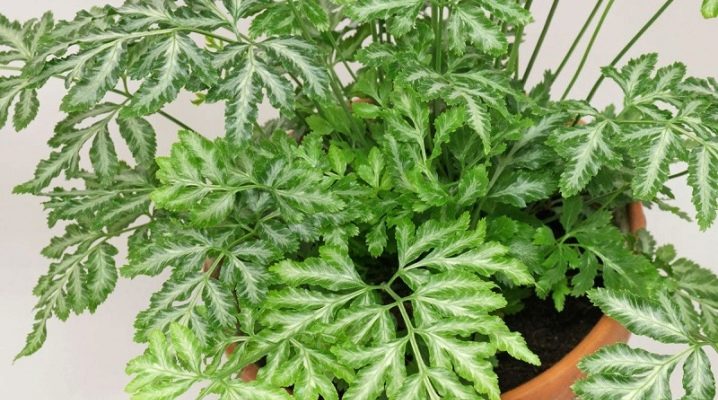
Pteris is one of the varieties of indoor fern. Florists appreciate it for its attractiveness and unpretentious care. Any beginner can cope with its cultivation.
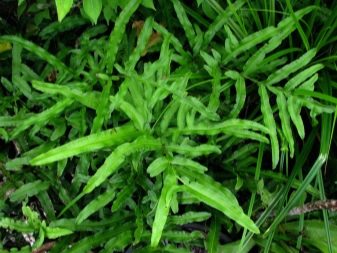
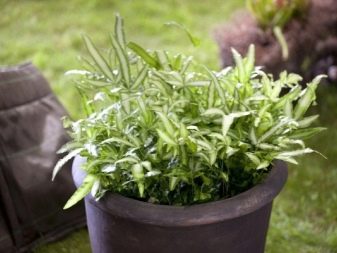
Description
The houseplant belongs to the popular pteris family. People also call it "bracken". This is due to the unusual shape of its rhizome. Pteris can grow both in the wild and at home.
The herbaceous plant is covered with leathery leaves. Small hairs can sometimes be seen on their surface. The shape of the sheets is dissected. This makes the green plant look very beautiful. In nature, the fern grows up to 2-2.5 meters in height. The plant reproduces by spores.
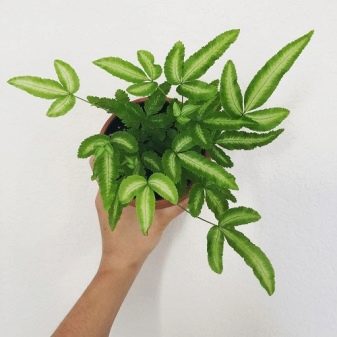
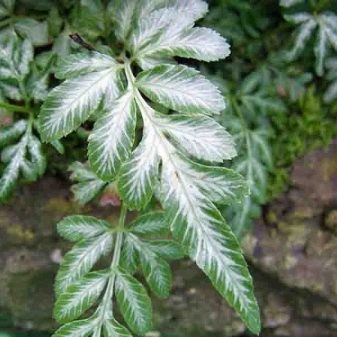
Types and varieties
Not all varieties of this flower are suitable for growing at home. Typically, growers choose one of the following fern types.
- Cretan. In nature, this variegated flower grows on the hillsides. It can be found in the Caucasus or Crimea. The foliage of such a fern is light green, without pubescence. The petiole is light brown. Like other variegated pteris, this plant has a white stripe in the middle of each leaf. The most popular varieties of the flower are Albolineata and Maya.
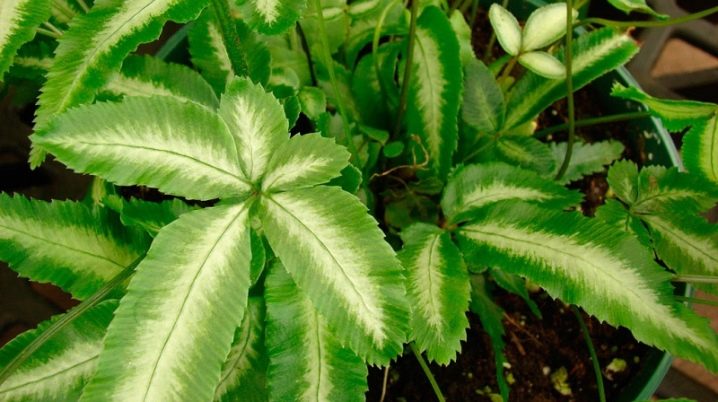
- Multi-cut. The homeland of this flower is China. It has oval feathery leaves. Their length is within 30 centimeters. The leaves of such a pteris are bright, therefore the plant belongs to the category of highly decorative.
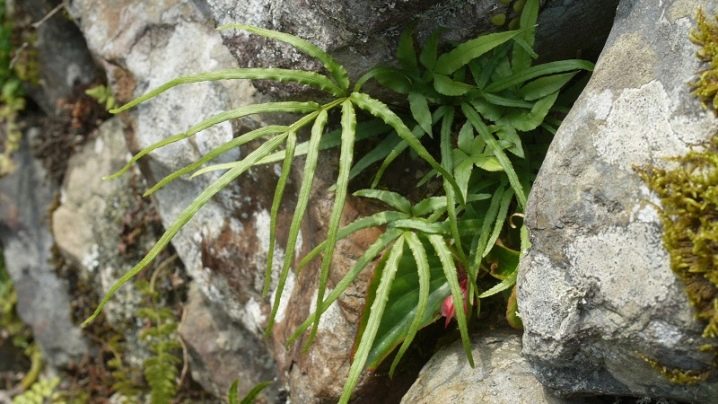
- Xiphoid. This flower is found in countries with warm climates. The lower leaves of this plant are wider than the upper ones. The most popular variety of the xiphoid fern is Enzyformis evergemienzis.
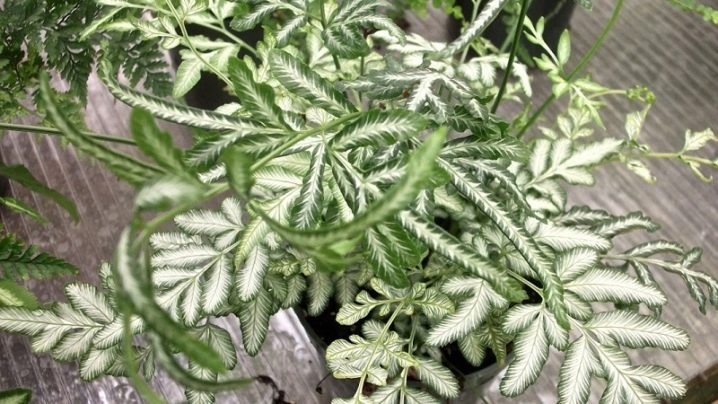
- Long-leaved. The foliage of this unusual fern is dark green in color. The petiole of the plant is elongated. It is covered with narrow oblong sheets with a shiny surface.
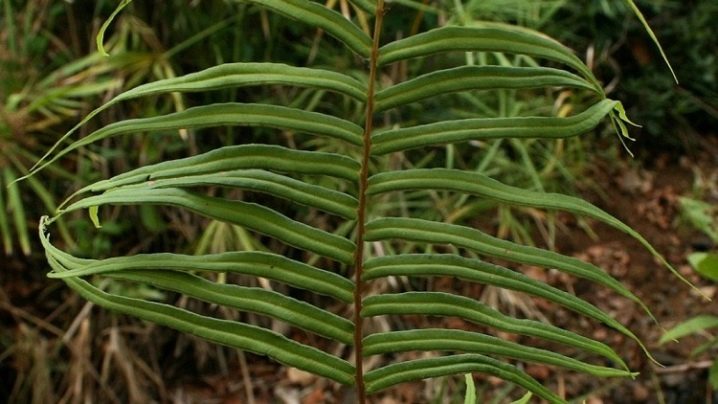
- Trembling. In this pteris, the foliage has a dissected shape. In length, individual sheets reach almost a meter. They grow on short petioles. The foliage is light green.
Varieties such as Tricolor, Straminea, Parker, Longifolia and Silver are also suitable for growing at home.
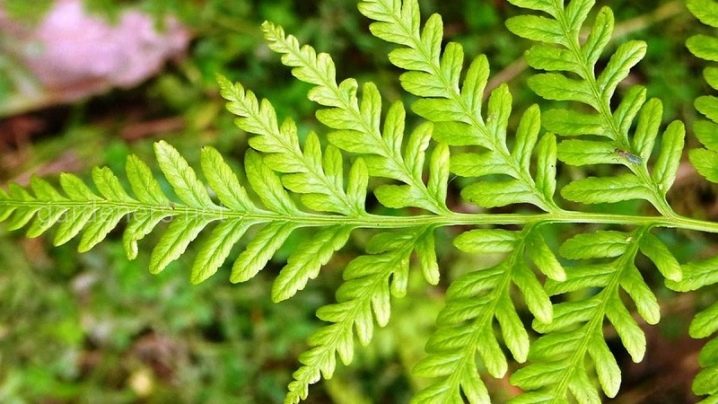
Growing conditions
When planning to grow pteris, it is important to know in advance what the care of this flower should be.
Location
First of all, you need to decide where to "settle" your fern. In the wild, the flower usually grows in the shade. Like other ferns, it does not like direct sunlight. Therefore, it is recommended to shade the flower grown at home. Otherwise, the plant will quickly lose its decorative effect. At the same time, you should not place the pteris in a dark corner of the room. It is best to place it on a shelf or desktop. Plants are placed on the windowsill less often. In the heat, they are shaded with paper or tulle.
The room in which the pteris is located is recommended to be regularly ventilated. In this case, the plant should not stand in a draft.
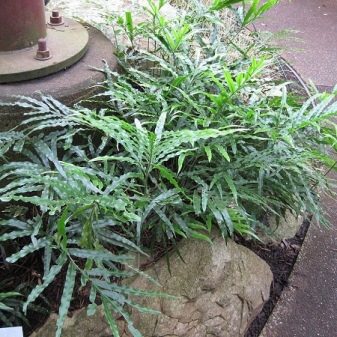

The soil
Most growers prefer to plant pteris in a soil mixture intended for ferns. It can be easily found in a gardening store or even a supermarket. Instead, you can make the soil yourself. The soil should be fertile and not too acidic. To obtain it, peat, river sand, leafy soil and sod are mixed in equal proportions.
Pour the soil into a pot with drainage holes. If a plastic container is used for planting flowers, you can make holes of the required size in it yourself. At the bottom of the container, you can lay a layer of pebbles, expanded clay or brick chips. Its thickness should be within 2 centimeters. The presence of a drainage layer will protect the roots of the plant from decay.

Landing rules
Pteris grows very quickly. Therefore, it is customary to transplant the bush every few years. The plant is usually moved to larger pots. Fern transplants are best done in the spring. The plant must be carefully removed from the old pot. There is no need to shake the earth from the roots.
A flower taken out of a pot must be carefully examined. All dry or damaged foliage should be removed. After transplanting, you must carefully monitor the condition of the plant. If the flower begins to dry, you need to carefully cut off its shoots. In this case, the plant will direct all its forces towards its rooting.
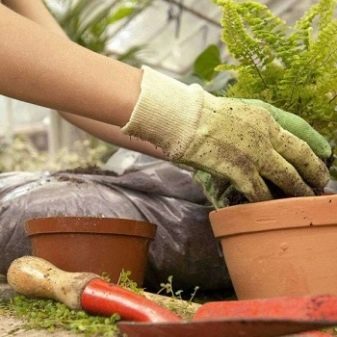

Watering
Pteris, like other ferns, loves high air humidity. Therefore, it is recommended to regularly spray the plants with a spray bottle. Usually boiled water is used for this. Plants are also watered regularly. In the warm season, this is done 3-4 times a week, in the cold - less often. The soil in the pot should not be constantly wet. This can lead to root rot.
Water for watering plants should be used warm. Chlorine is harmful to plants, which means that the liquid must be settled or filtered. So that a dense crust does not form on the surface of the earth, which interferes with the flow of air to the roots, the soil must be regularly loosened. This should be done carefully so as not to damage the roots of the flowers.
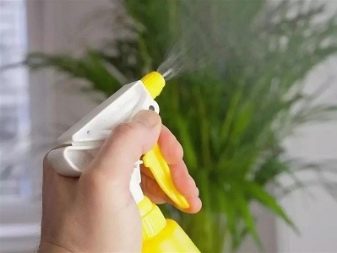
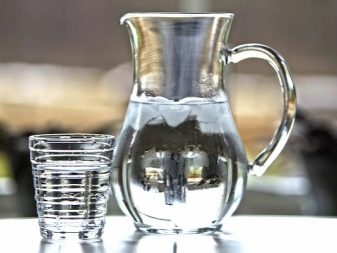
Top dressing
Like most indoor flowers, pteris needs feeding. It is recommended to apply fertilizers in the warm season. It is best to use liquid feed. Universal products are suitable for plant fertilization. They are easy to find in gardening stores. In autumn and winter, top dressing is no longer applied to the soil.
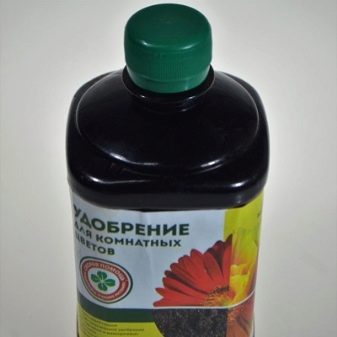
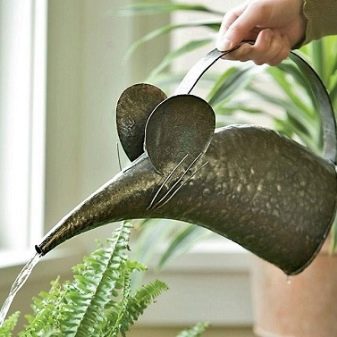
Reproduction
A bush growing at home can be propagated in two ways.
- Disputes. In nature, this fern plant reproduces by spores. A florist can also use this propagation method. It is worth sowing the spore in March. The planting material is sown in a loose substrate consisting of a mixture of peat and clean sand. You need to connect them in equal shares. The prepared substrate is placed in a wide pot. After that, the soil is sprayed with warm water. Spores are spread on the ground without deepening. Next, cover the container with spores with glass or transparent film. Until the first shoots appear, the pot should be in a dark place. As soon as the spores germinate, the film will need to be removed, and the container with the seedlings should be moved to a new place. If there are many sprouts, some of them must be removed. When the seedlings germinate a little more, they will need to be transplanted into separate containers. In the future, the seedlings are looked after in the same way as for ordinary adult plants.
- By dividing the root. This method helps to obtain a healthy and beautiful plant. But you need to divide the bush carefully. The plant should be carefully removed from the pot and the rhizome should be cut in two with a sharp knife. It is recommended to cut the sections with charcoal. This will help disinfect them. Divided bushes are planted in deep pots. They adapt very quickly to new conditions.
If the pteris grows in a large pot, it will self-propagate. Over time, new green shoots can be seen next to the main bush. When they grow up, they will need to be carefully deposited in separate containers. They take root very quickly.

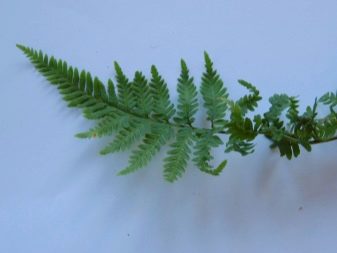
Diseases and pests
Like any other plant, the fern can be attacked by pests. The following insects are dangerous for him.
- Shield. Small brown bugs can settle on both sides of the leaf. Pests feed on the sap of the leaves.Because of this, the plant quickly loses its attractiveness. To combat them, the drug "Actellik" is used. It is necessary to process the bushes with this tool several times with a break of 10 days.
- Thrips. These pests are very small in size. Their main danger is that they hide in hard-to-reach places. Therefore, it can be difficult to deal with them. Actellik, diluted in warm water, is also used to fight.
- Aphid. These pests attack pteris less often. To combat them, folk remedies are usually used. As a rule, plants are sprayed with aromatic infusions based on tobacco leaves or nightshade tops. A small amount of liquid soap or dishwashing detergent is added to this product to make it more effective.

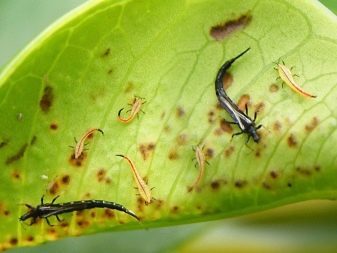
There are other problems faced by pteris owners.
- Foliage withering. If the foliage of the flower becomes lifeless and lethargic, the plant should be removed to a less illuminated place.
- Curling foliage. In a room with too dry air, the foliage begins to turn yellow and curl. To prevent this from happening, the fern must be regularly sprayed with warm water.
- The appearance of brown spots on the surface of plants. Spots on the surface of the foliage appear if the flower is in a room with too low a temperature. The use of cold water for irrigation also negatively affects the condition of the plant.
- Rotting shoots. If the leaves or the petiole begin to rot, then the grower is watering the plant more often than it should. If you notice this problem, the damaged foliage must be removed. It is necessary to refuse watering for a while. If possible, the plant should be taken out onto the balcony or outside.
If you take proper care of the flower, the pteris will remain green and beautiful for a long time.
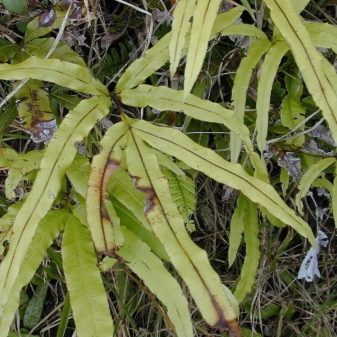
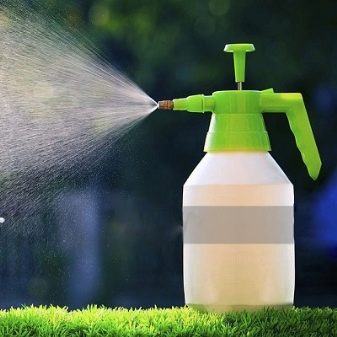































The comment was sent successfully.